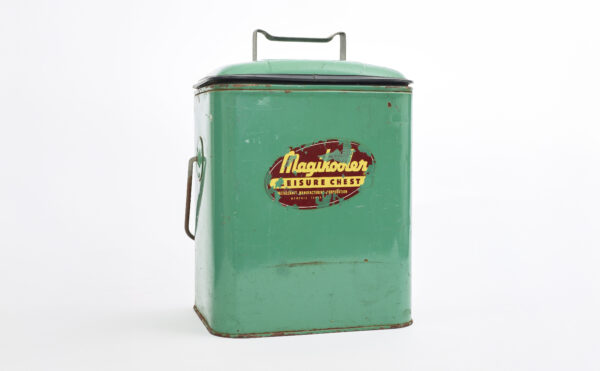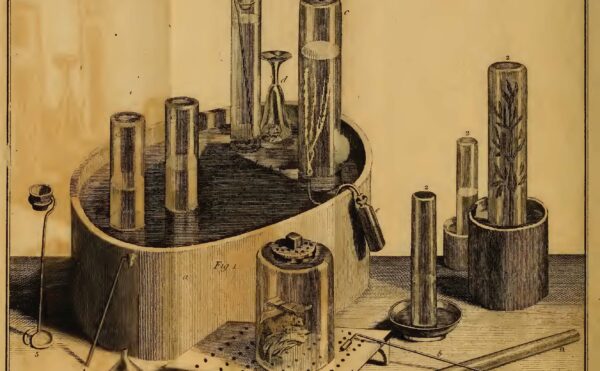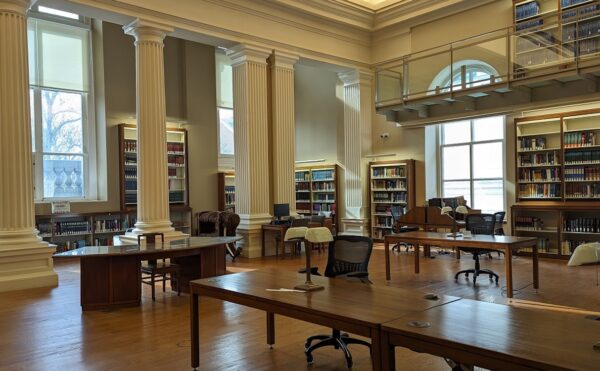Powering the Future: The Latest Battery Technologies
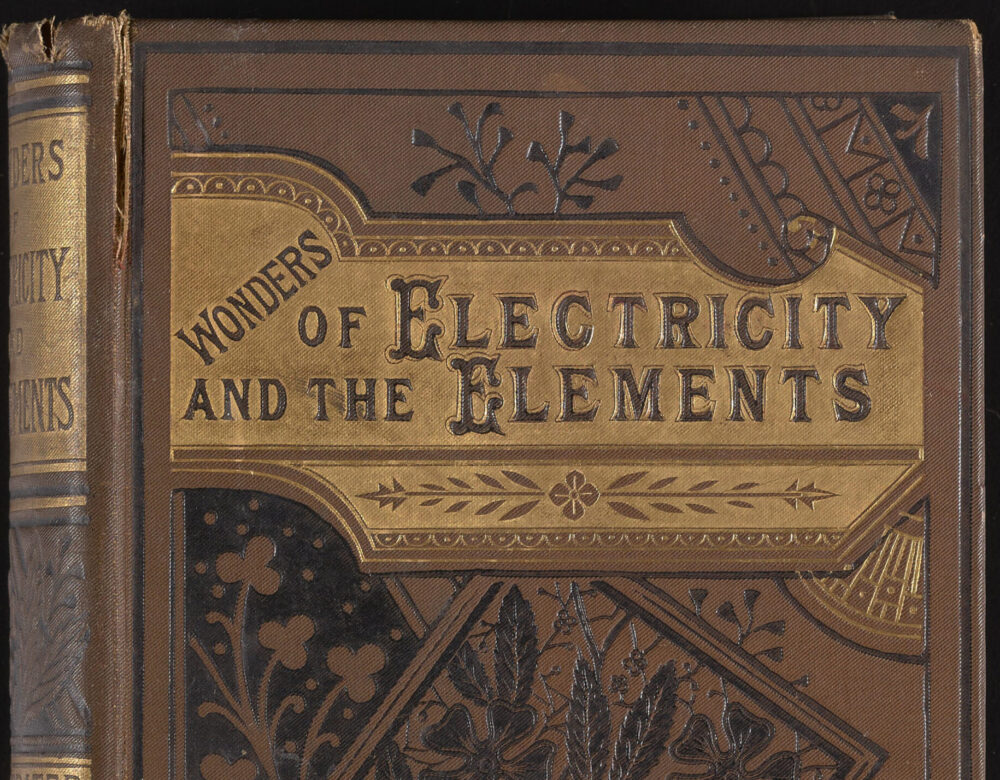
The rise of electric vehicles, along with increasing demand for energy storage and mobile electronics, coupled with concerns over the availability of materials like cobalt and lithium have made research into new battery technologies is a charged topic.
Academic labs and companies alike are hunting for ways to improve the technology, increasing energy density, reducing charging time, increasing lifespan, and lowering costs. This presentation will explore new battery technologies, as well as the development of innovative charging methods, such as fast and wireless charging.
This event was coproduced by the American Chemical Society as part of its ACS Webinars series.
About the Speakers
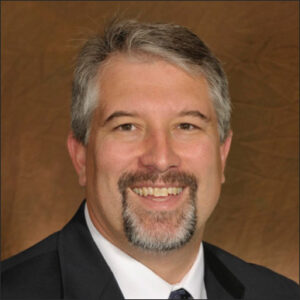
Erik G. Herbert is a senior staff scientist and Mechanical Properties and Mechanics group lead at Oak Ridge National Laboratory (ORNL). His expertise lies in the systematic development of methodical, repeatable, verifiable, and hypothesis-driven experiments designed to fill critical knowledge gaps related to structure-property-processing relationships. Before joining ORNL, Erik held a tenured position as a professor of materials science and engineering at Michigan Technological University. He also spent more than 10 years in industry with Nano Instruments, Inc.
Erik earned his PhD at the University of Tennessee, Knoxville, under the guidance of Warren C. Oliver and George M. Pharr, both of whom are international visionaries and pioneers in the field of small-scale mechanical behavior and nanoindentation.

Sergiy Kalnaus is a senior staff scientist at Oak Ridge National Laboratory. He joined ORNL’s Materials Science and Technology Division in 2009. His interests are in mechanics of materials and numerical simulations of mass and charge transport to improve battery performance and safety. He received his BS and MS degrees in mechanical engineering from Kharkiv Polytechnic University in Ukraine and PhD from the Univeristy of Nevada.
Kalnaus holds seven patents and is the recipient of 2017 R&D100 award for the development of the impact-resistant electrolyte. He is the coauthor of the Handbook of Solid State Batteries.

Nian Liu is an assistant professor at School of Chemical and Biomolecular Engineering at Georgia Tech. He received BS in 2009 from Fudan University, and PhD in 2014 from Stanford University, where he worked on the structure design for silicon anodes for high-energy lithium-ion batteries. From 2014 to 2016, he conducted postdoctoral research at Stanford University, where he developed in-situ optical microscopy to probe beam-sensitive battery reactions. Liu’s lab at Georgia Tech is broadly interested in the combination of materials, electrochemistry, and operando microscopy for studying global energy challenges. Specifically, his lab focuses on electric vehicle battery and stationary battery science and technologies.
Liu’s publications have been cited over 30,000 times, and he is recognized as a Highly Cited Researcher by Clarivate™. He is the recipient of the Electrochemical Society Daniel Cubicciotti Award (2014), American Chemical Society Division of Inorganic Chemistry Young Investigator Award (2015), Chemistry of Materials Up-and-Coming Researcher (2017), Journal of Materials Chemistry A Emerging Investigator (2018), Jim Pope CREATE-X Faculty Fellow (2021), and Nanoscale Emerging Investigator (2022).
About the Series
The Joseph Priestley Society (JPS) promotes a deeper understanding of science, technology, and industry, with an emphasis on innovation and entrepreneurship. Speakers are leaders from a wide variety of large and small chemical companies and the financial, consulting, and academic communities.
For more information about this event, please contact jps@sciencehistory.org.
Featured image: Detail of Wonders of electricity and the elements, being a popular account of modern electrical and magnetic discoveries, magnetism and electric machines, the electric telegraph and the electric light, and the metal bases, salt, and acids, published by Ward, Lock & Co., 1870–1900.
More events
Stories of Science: Summertime Science
Join us in our museum EVERY SATURDAY for a family-friendly program that highlights strange and surprising stories from the history of science!
America’s Scientific Revolutionaries
As the 250th anniversary of the Declaration of Independence approaches, Jeffery R. Appelhans highlights the American Philosophical Society’s efforts to shed light on the overlooked scientific revolution from 1763 to 1804.
Othmer Library Tour
Curious about the other half of the Science History Institute? Step into the Othmer Library of Chemical History!

